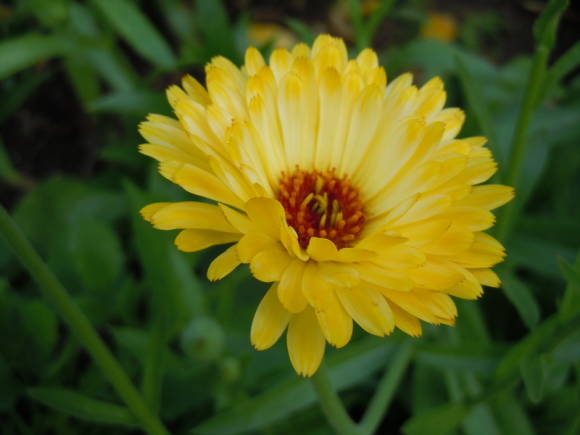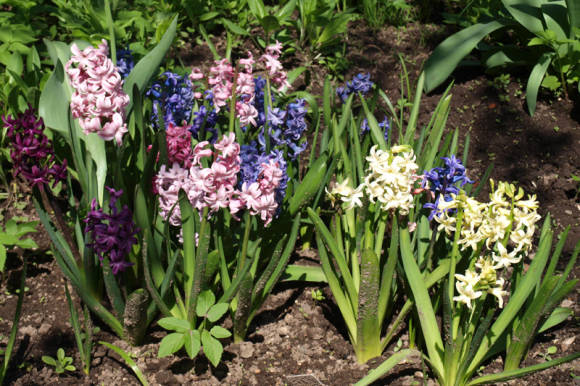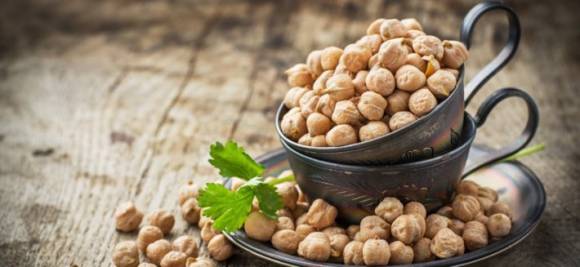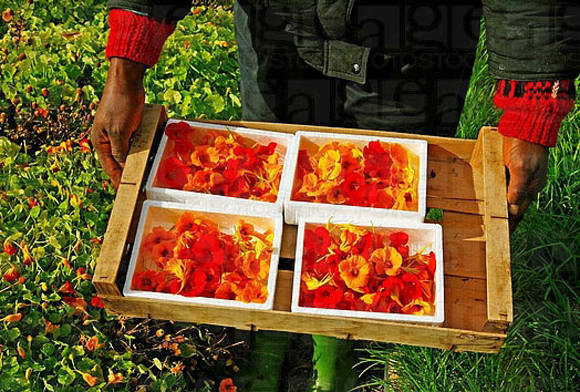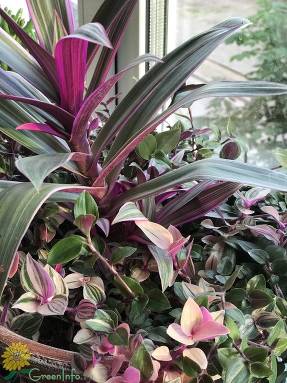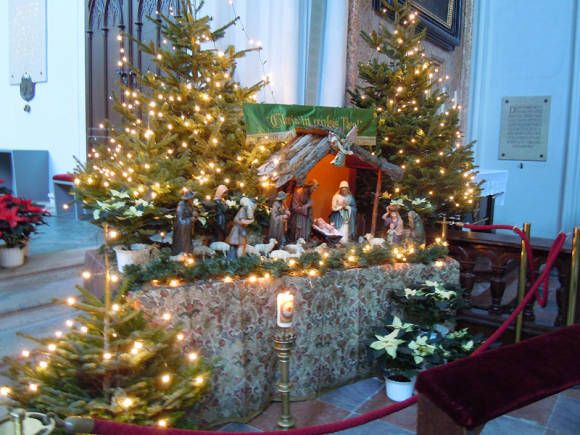Lupine (Lupinus) - genus of annual and perennial herbaceous plants of the legume family (Fabaceae)... The homeland of lupins is South America. The name of the plant comes from the Latin word "lupus", which means wolf, or wolf grass, since all parts of the plant contain poisonous alkaloids. Lupine was introduced to Europe at the beginning of the 19th century.
 |  |
All annual lupins form an erect shrub 30-60 cm tall. Leaves are palmate-compound, fleecy, on a long petiole. The flowers are zygomorphic, white, pink, red, blue, blue, yellow, two- and three-colored, with a pleasant aroma, collected in a dense, dense, spike-shaped inflorescence. The fruit is a polyspermous pod, elongated, flattened, leathery, pubescent. The seeds are beautiful - oval, shiny, variegated in color.
Lupine is a light-loving and cold-resistant plant. Easily tolerates late spring and early autumn frosts. It grows well and blooms on loamy and sandy loam soil, does not like fresh organic fertilizers and lime. Lack and excess of moisture equally adversely affect the growth and flowering of lupine. Flowering is profuse and long, from June to September. The flowers are self-pollinating.
Lupine is a nitrogen collector; symbiotic nitrogen-fixing bacteria settle on its roots. Therefore, it should be widely used to improve soils poor in organic matter and nitrogen.
Lupine is propagated by sowing seeds in early spring in open ground. Seedlings are not grown, because he has a pivotal root system and does not tolerate transplantation well. When seeds ripen in autumn, self-seeding is possible. Seeds germinate with sufficient moisture on the 6-7th day at a sowing depth of 5-6 cm. Lupine also has so-called “hard” seeds, which, without germinating or decaying, can lie in the ground and emerge in a year.
Lupine is widely used in ornamental gardening in groups on lawns, in flower beds, in flower beds.
Annual lupins
Lupine is volatile (Lupinus mutabilis syn. L. cruckshanksii). Plant height from 80 to 100 cm, smooth, branched stem. Each shoot ends with a large inflorescence, flowers are white, pink, blue, lilac, purple.
Lupine Hartweg (Lupinus hartwegii)... Plant height - up to 60 cm. There are forms with pure white, blue and pink flowers.
Lupine hybrid (Lupinus x hybridus)... Plant height about 60 cm, blooms in July-August. Available in forms with red, purple-violet, pink and deep purple flowers.
Perennial lupins
Lupine multifoliate (Lupinus polyphyllus) - perennial plant up to 1.5 m high. Stems are hollow, numerous. The leaves are beautiful, fan-shaped, dull green, large, up to 15 cm in diameter, on long petioles. The flowers are lilac, pink, red, white, variegated, collected in a spike-shaped dense narrow-pyramidal inflorescence reaching 75 cm. The fruit is a pod densely covered with pressed hairs, when ripe it turns black.
 |  |
Multifoliate lupine is characterized by a deeply receding taproot fleshy root and a gradually growing upward aerial stem part with a root collar.
The main breeding method is seed. Seeds are sown in late autumn or early spring in open ground in a permanent place. During seed propagation, the color of the flowers is not always transmitted. The selection of plants with a uniform color is carried out during flowering.
More reliable for the preservation of decorative qualities is the vegetative method. Only old bushes lend themselves to division, but this method is not recommended, since due to the tap root system, the bush does not divide well and tolerates transplantation painfully.
Reproduction by green cuttings is more reliable. For cuttings, root rosettes of 6–7 leaves, which emerge from the buds on the stem at the root collar, are suitable. When trimming faded inflorescences before setting the seeds, lateral shoots develop from the axils of the leaves on the stem, which can also be used as summer cuttings. All of them take root well, develop and bloom in the first year in the fall.
In one place without transplantation, lupine bushes grow for 4–5 years, after which they must be renewed by seed or vegetative method. Sowing seeds and planting cuttings is best done in the spring, since with a belated autumn planting, they freeze out or vanish.
The multifoliate lupine is undemanding to the soil, on very poor soils it is necessary to apply mineral fertilizers, although, like annual lupines, it is a nitrogen-collecting plant. After flowering, if seeds are not needed, all faded inflorescences must be removed.
In garden culture, numerous and very bright interesting varieties have been bred.
 |  |
Lupine multifoliate in landscaping is good for creating lush blooming spots on the lawn or in combination with other perennials. Lupine is also used for cutting, although the inflorescences stay in the water for no more than 3-4 days.
All lupins are sun-loving plants and are sensitive to the strength of light: flowers always turn to the sun, even in cloudy weather. Leaves hang with the onset of dusk, and rise again at sunrise. Watch this interesting phenomenon!
"Ural gardener", No. 7, 2015 Photo: Benary Company (Germany)

